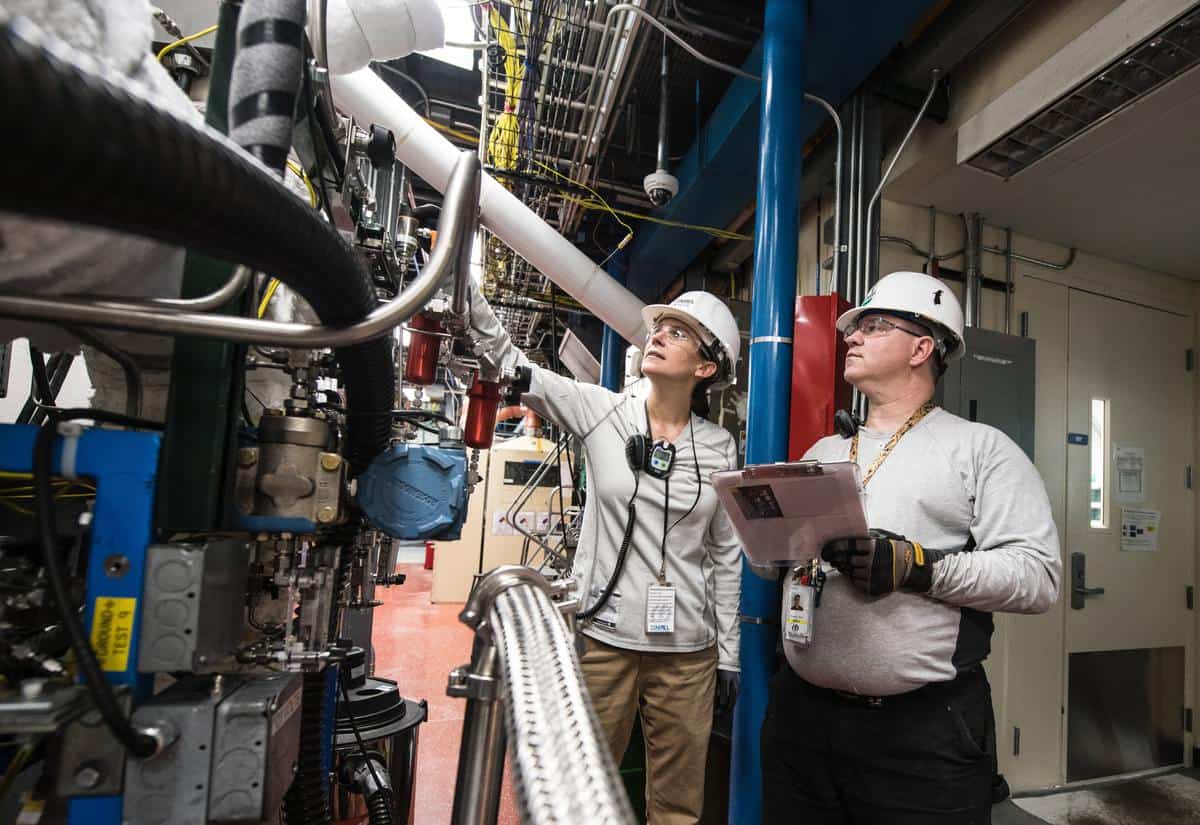A recent workplace fatality in Melbourne has sparked serious concerns regarding a lack of workplace safety management systems in high-risk work environments. The construction worker’s death was caused by collapsing overhead boom equipment and is not the first fatality in construction. Businesses are being urged to review their workplace safety management systems; policies are not enough.
Saeid Nikdel is a workplace safety expert at SAI Global, a company that provides thousands of businesses with risk management services. He stresses, “the most common and significant workplace safety oversight by organisations is not having a management system directing their workplace safety procedures.”
Safety procedures and risk management
It is common for organisations to run through safety procedures and risk management in the onboarding process. However, most of the time, these are not revisited. Most companies have an OHS policy; however, no management system. Nikdel explains, “The management system is a set of business processes and documentation – including policies, objectives, procedures, and governances – which control the conditions and factors that affect the health and safety of all interested parties in the workplace and facilitate organisations to avoid their injuries and illnesses.”
Keeping up with the international standard
SAI Global also notes that many companies have an outdated management system that fails to keep up with the latest international standards (ISO 45001). The ISO 45001 standard aims to deliver a safe workplace for employees, contractors, visitors, and any other people in the workplace by minimising risks and hazards. Organisations up to date with this standard have reduced liability risk if faced with a workers’ compensation claim.
In authorising thousands of certificates for high-risk workplaces, SAI has identified some of the most common mistakes in organisations’ health and safety management systems and what needs to be done to overcome these.
Frequent review
According to SAI Global, one of the most critical parts of a health and safety management system is frequently reviewing the procedures and processes. Regular meetings to discuss safety procedures are vital in ensuring employees do not forget the organisation’s safety methods.
“Organisations must make workers aware of the health and safety policies, objectives, processes, and procedures – including their contribution to the effectiveness of the health and safety management system – but all too often a set-and-forget process is employed, and some or all of that acquired knowledge can be lost,” says Saeid.
“Education can equip staff with the ability to identify what constitutes a hazardous work environment and give them the ability to remove themselves from work situations that they consider presenting an imminent and serious danger to their life or health, without fear of facing any action from management for doing so,” says Saeid.
Building a team
SAI Global also identified another major flaw in many organisations: having one person responsible for both health and safety management. If the responsible person is away, this becomes a problem. Building a team of people responsible for the management system and procedures is crucial, so there is always someone well equipped with knowledge if an accident occurs.
Another flaw in many workplaces is having staff work prolonged hours on physically demanding jobs. Intense work over long hours can cause fatigue, a significant contributor to workplace incidents. Regular breaks for staff, especially those completing physically challenging jobs, are vital for ensuring fatigue does not occur.
ISO 45001 management system
Within an ISO 45001 management system, there are a range of other control measures and procedures an organisation can take to create a safe workplace. These include:
- Ensuring that only those with a permit to work in certain areas can access those areas.
- Conducting regular ergonomic and other injury prevention-related assessments.
- Integrating OHS requirements at the earliest stage in the lifecycle of facilities, equipment or process planning for facilities relocation, process re-design or replacement of machinery and plant.
- Using new technologies to improve workplace health and safety performance.
- Improving OHS culture by encouraging workers to report incidents in a timely manner.
- Improving visibility of top management’s support for the OHS management system.
- Enhancing the incident investigation process.
- Benchmarking, including consideration of both the organisation’s past performance and that of other organisations
- Collaborating in forums that focus on topics dealing with workplace health and safety.
In combination, these measures ensure that an organisation’s reputation as a safe workplace is promoted, and can have more direct benefits, such as:
- Improving its ability to respond to regulatory compliance issues.
- Reducing the overall costs of incidents and injuries.
- Reducing downtime and the costs of disruption to operations.
- Reducing the cost of insurance premiums.
- Improving morale, as well as reducing absenteeism and employee turnover rates.
- Recognition for having achieved an international benchmark.
Keep up to date with our stories on LinkedIn, Twitter, Facebook and Instagram.

